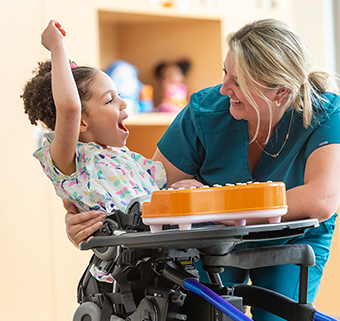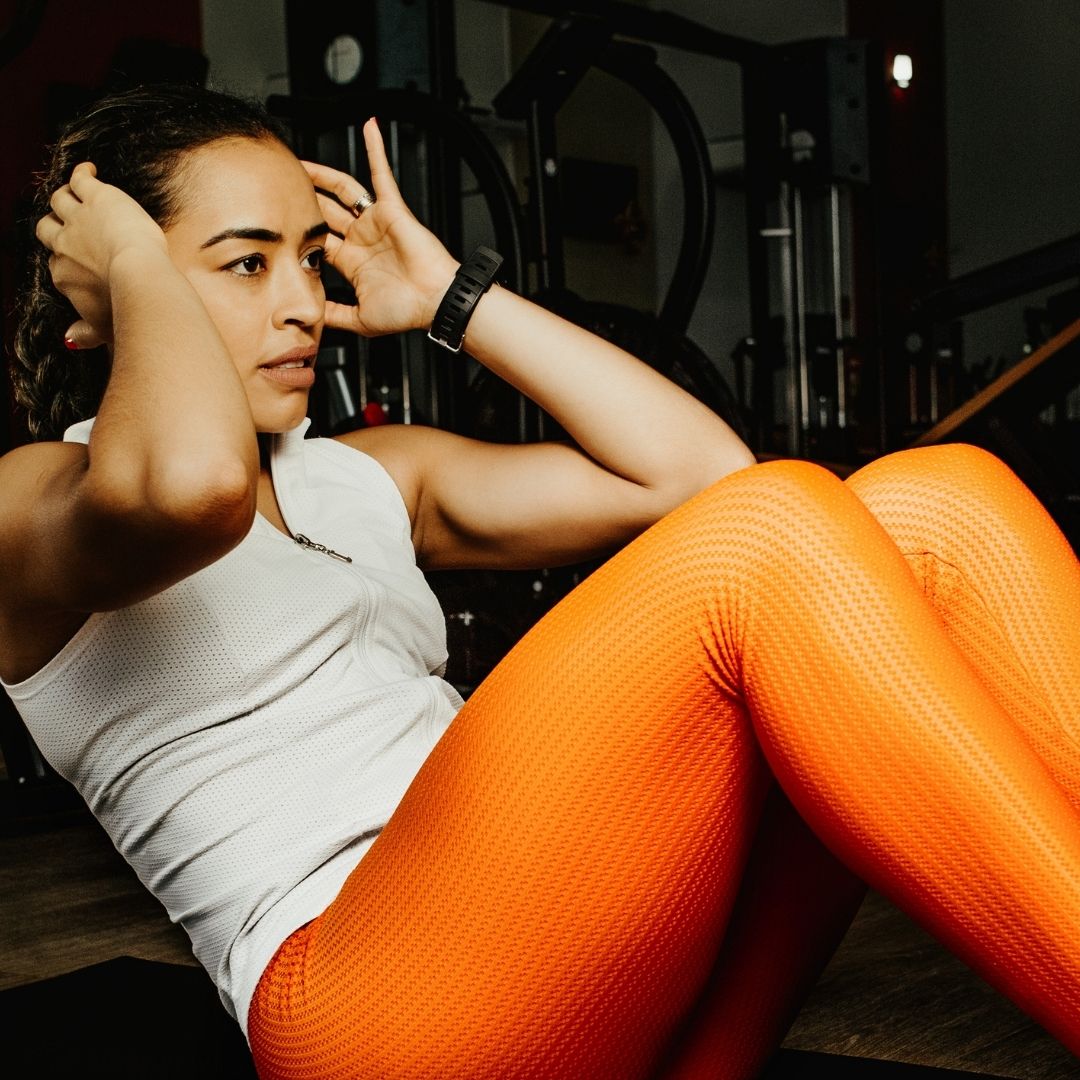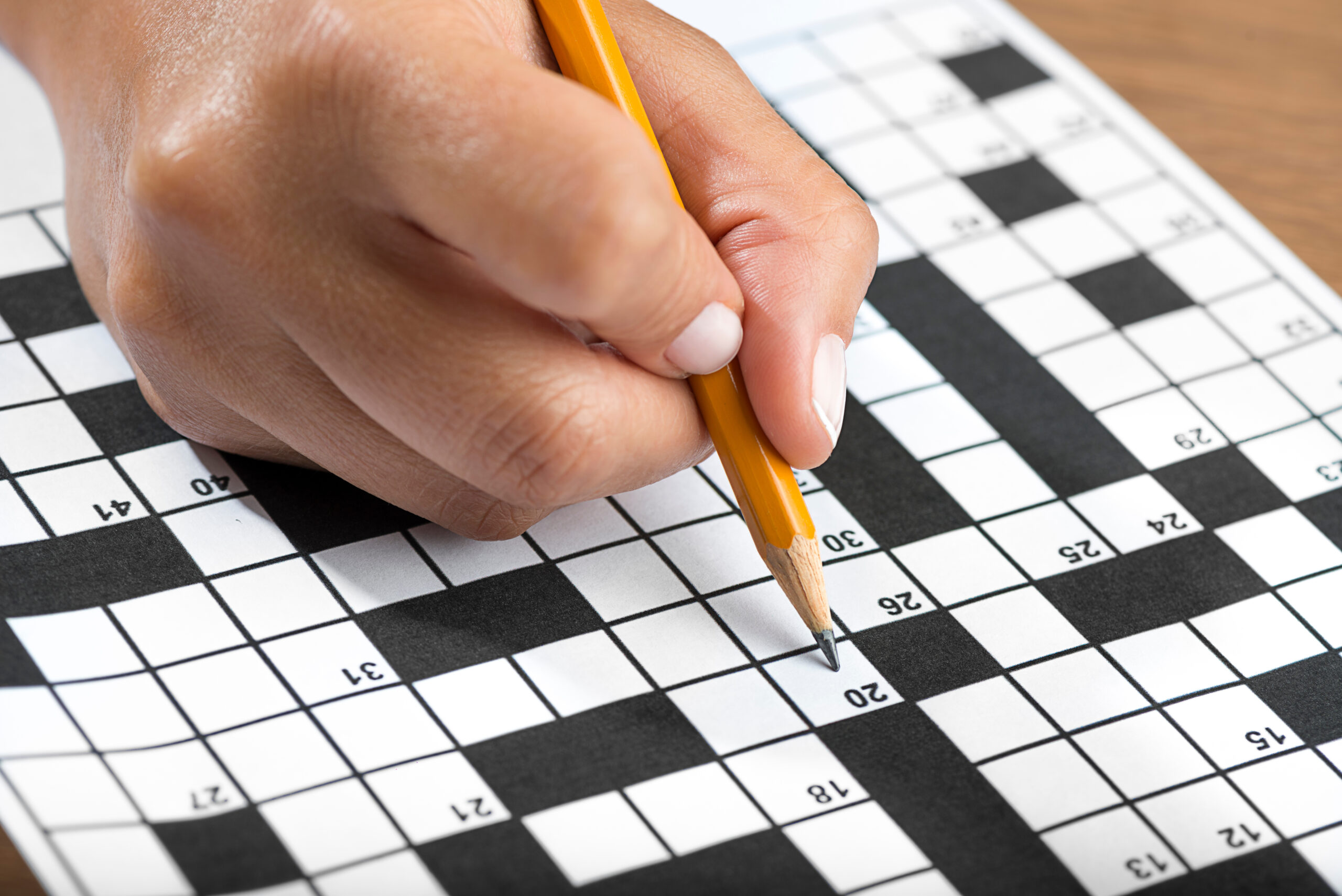
Physical inactivity is the fourth risk factor for mortality worldwide.1 In 2010, to counter the debilitating effects of inactivity and sedentary lifestyles, the World Health Organization (WHO) published guidelines for physical activity throughout life. These guidelines were revised in 2020. and for the first time included recommendations on physical activity for people living with chronic illnesses or disabilities.2 For children and adolescents (ages 5 to 17), the recommendation is to engage in at least 60 minutes of moderate to vigorous physical activity, primarily aerobic, every day to prevent long-term health risks.1 Additionally, they recommend strengthening exercises at least three times a week.1 The WHO also recognizes the dose-response relationship between increasing physical activity and improving cardiopulmonary and metabolic health.1 This simply means that exercising more than 60 minutes a day increases the health benefits. The updated guidelines also address the negative health impacts of sedentary behavior and emphasize that there are no significant risks for people with disabilities who engage in physical activity when appropriate for their health status and physical function, and that the health benefits generally outweigh the risks.2 The accompanying good practice statements go on to note that for this population, some activity is better than none, and that physical activity will be different from person to person, depending on their age and abilities. This is certainly true for children with cerebral palsy (CP) because of the different motor, coordination, and balance challenges that affect them.
An article by Verschuren and colleagues published in 2016 details exercise recommendations specifically for children and adolescents with cerebral palsy.3 This research notes that the percentage of time spent in light and moderate-to-vigorous physical activity decreases while sedentary behavior increases in children who demonstrate more severe engagement in higher Gross Motor Function Rating Scale (GMFCS). For example, children in GMFCS levels IV and V are sedentary more than 95% of the time.3 There is an inverse relationship between the severity of the disability and the time spent standing or walking4. Although Verschuren suggests that children and adolescents with cerebral palsy should strive to meet WHO recommendations, for the most severely affected this can often seem daunting or even completely unattainable.3
Sedentary behavior and light physical activity
However, another article by Verschuren offers a new perspective on addressing physical activity in this population. Because of the barriers for children with cerebral palsy, they suggest shifting the focus away from achieving moderate to high intensity exercise and moving toward decreasing sedentary behavior by introducing frequent opportunities for light physical activity.5 In addition, they define sedentary behavior with three criteria: lack of muscle activity, sitting or lying down, and expending energy less than or equal to 1.5 metabolic equivalents of a task (MET).5 A metabolic equivalent is the amount of oxygen consumed while resting in a sitting position and is used to represent energy needs for different physical activities as a multiple of the initial metabolic rate.6
These three factors need to be addressed when working to decrease sedentary behavior: posture, energy expenditure, and muscle inactivity. For example, in people with cerebral palsy, tone or spasticity can increase energy expenditure regardless of position.5 So in some cases, even actively sitting is challenging work and is not considered “sedentary behavior.”5 In other cases, for those with CP at the highest GMFCS levels, simply introducing an alternative posture or position may involve muscle engagement, thereby increasing energy expenditure and reducing sedentary behavior. This can be as simple as providing opportunities for supported standing, as another study by Verschuren and his colleagues showed in 2014.
Supported standing as a physical activity
In this study, we set out to determine the METs used by children with cerebral palsy in various conditions, including standing position.8 The study included 19 children aged 4 to 20 years with spastic cerebral palsy of all GMFCS levels. They used indirect calorimetry to monitor oxygen consumption and carbon dioxide production and used EMG to measure muscle activity.8 They found that standing energy expenditure was greater than 1.5 METs (or within the light physical activity category) for all GMFCS levels.8 Furthermore, muscle activity increased in children who required less support in upright postures and, conversely, muscle activity decreased when individuals required more support to maintain an upright posture.8 Interestingly, while fully supported while standing, energy expenditure increased for GMFCS level V even though muscle activation was lower.8 Verschuren concluded that standing can be considered “light physical activity” and should be used to decrease sedentary behavior in children with cerebral palsy.8
For us, as clinicians, we can then conclude that children with cerebral palsy spend most of the day with sedentary behaviors and experience significant barriers to engaging in the recommended 60 minutes of moderate to vigorous physical activity as proposed by the World Health Organization. Health. For these children, reducing sedentary behaviors by introducing light physical activity and alternative positions may be a more appropriate path toward healthy lifestyles and habits. Doctors widely recognize the Many benefits of standing frames, including improving hip joint health, increasing bone mineral density, treating and preventing contractures, cardiovascular and lung health, increasing strength, and improving bowel function and bladder. Now, based on emerging research, we may see the implementation of supported standing interventions or even daily standing transfers as a means to increase light physical activity and decrease sedentary behavior.






